
In the cycle of mutability where millions of images are daily produced, this edition exalt the fields of the sensitive, in a unique year full of revelations and significances. The current edition takes place at a very singular context: 2015 is the election year in Portugal, hand-in-hand with major political changes in Europe and in the World. “Power & Illusion” is an edition that speaks about the strength of photography, structured as a practical and experiential research of the world today. How can we actually deal with Power in an artistic way, as an organic part of a social system? Reality and truth are no longer hegemonic terms and concepts, and perhaps, in a consequence of that, photography has revised its aspirations of objectivity and currently offers an illusion of the real, approaching the world through simulation, fiction, or staging.
By the use of hybridism, contamination and confrontation, photography reinvents itself through the interaction and intersection with other disciplines.
After all, closing our eyes is ceasing to be part of history.
Artistic Direction
Ângela Ferreira
Ângela Ferreira
Chapter I
Roger Ballen
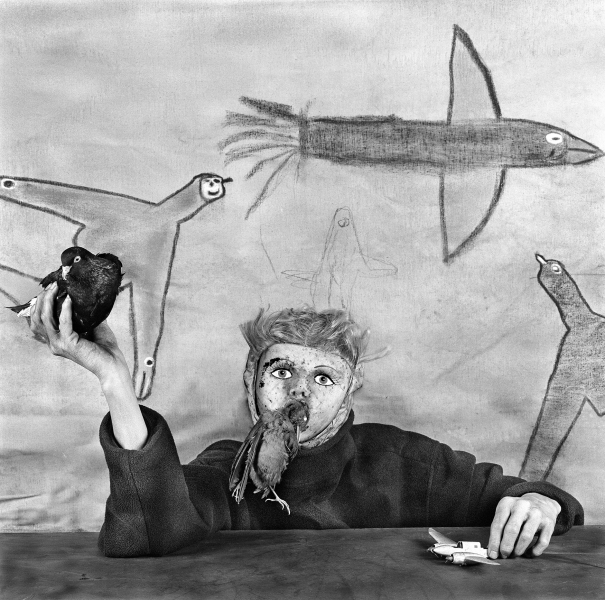


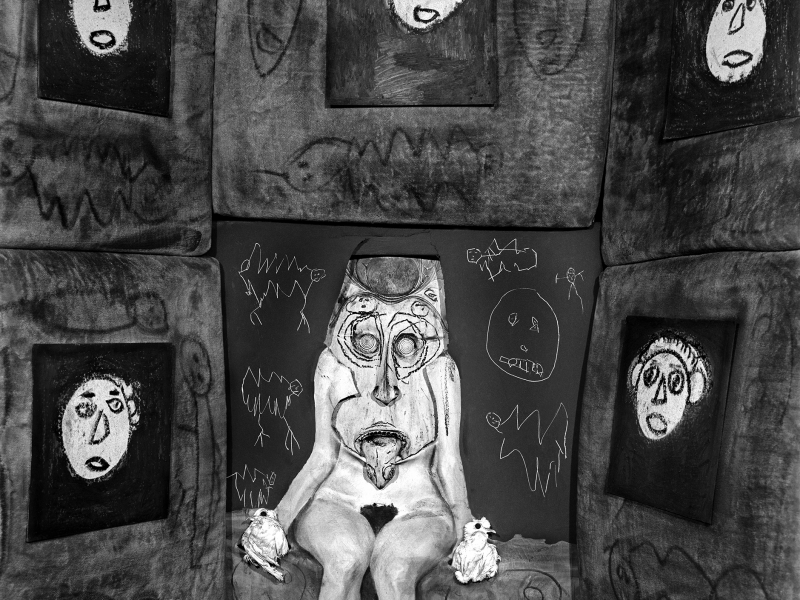

In “Power & Illusion”, the invited artists from the official selection present contemporary artistic visions, which generate very strong strategies and visual poetics, bearing in mind the questioning of the multiple sides and borders of photography, they address subjects such as politics, beauty, violence, sexuality and fiction. Attention should be payed to the poetic sense of Roger Ballen’s “Asylum of the Birds”, which shelters an amoral universe, where good and evil coexist, breaking down the beauty ideals, uncovering a magic gallery of mirrors, revealing to the viewer the games and traps hidden by reality.
Ballen is one of the most important photographers of his generation.
He was born in New York in 1950 but for over 30 years he has lived and worked in South Africa.
He was born in New York in 1950 but for over 30 years he has lived and worked in South Africa.
Chapter II
Cristina de Middel
The delusional games and the power of fiction arise in its fullness with the series “This is what hatred did” by the Spanish author Christina de Middel, in which she appeals to the confabulated game of fictional language to present an illustrated view of dreams, fears, and desires within a group of African people in Nigeria.
The series This is What Hatred Did (the mysterious last sentence of the book), aims to provide an illustrated contemporary version of this story, adapting the characters, space and the ambient to the actual situation of the country. The Bush is now the Lagosian neighborhood of Makoko, a floating slum with its own rules, commanded by kings and community leaders.
Casa dos Crivos, Braga, Portugal
The series This is What Hatred Did (the mysterious last sentence of the book), aims to provide an illustrated contemporary version of this story, adapting the characters, space and the ambient to the actual situation of the country. The Bush is now the Lagosian neighborhood of Makoko, a floating slum with its own rules, commanded by kings and community leaders.
Casa dos Crivos, Braga, Portugal
Cristina de Middel is a photographer whose work investigates photography’s ambiguous relationship to truth. Blending documentary and conceptual photographic practices, she plays with reconstructions and archetypes that blur the border between reality and fiction.

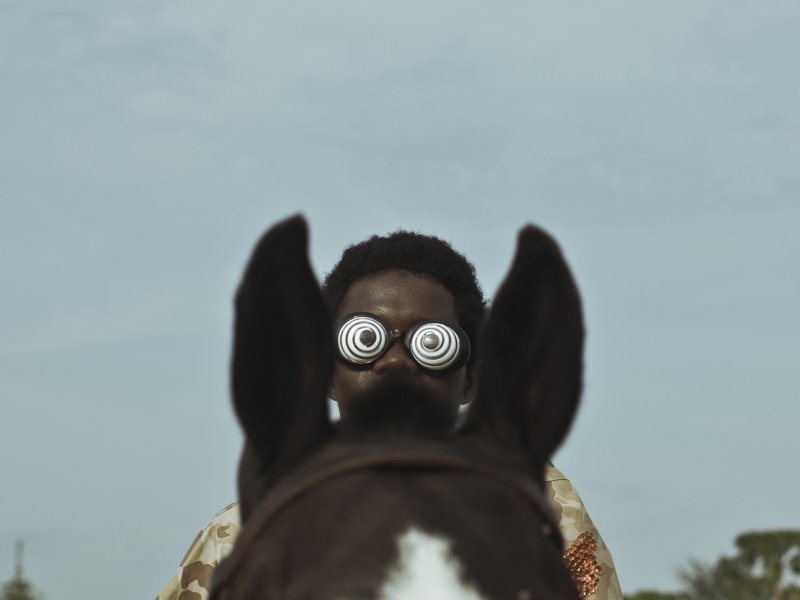
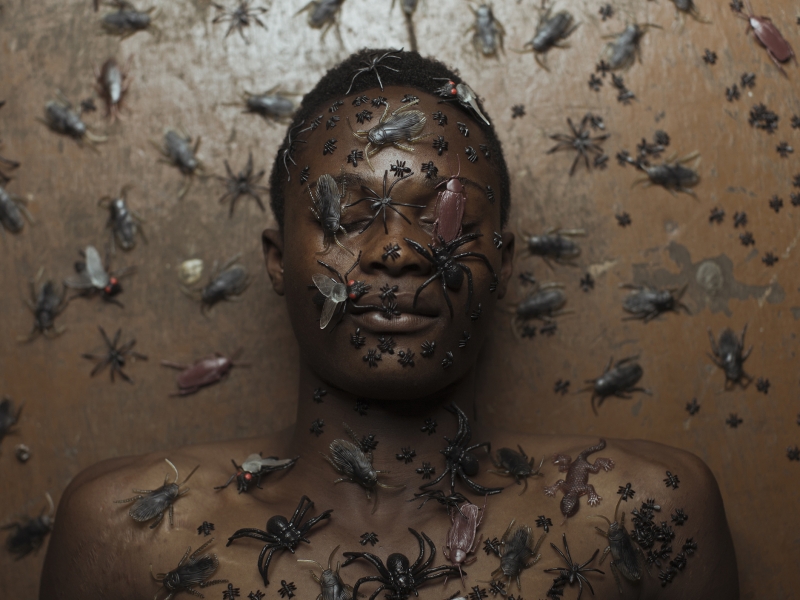



Chapter III
Poems & Collections
NEW VISIONS OF CHINESE PHOTOGRAPHY
REN HANG, EDITIONS BESSARD & LIN ZHIPENG 223[ Museu Nogueira da Silva, Braga, 2015 ]
Poems & Collections provides an opportunity to introduce the Chinese new generation of Photography, the multiple visions from the authors Ren Hang and Lin Zhipeng (also known as “No. 223”) and Pierre Bessard’s collection.
The vision’s sense and the image itself, already carry with them ambiguities and contradictions. The vision, when perceived as the “act of seeing”, has the ability to observe, verify, certify. But, concurrently, it has the uncertainty of the illusion and delusion, of the fascination and wonder. In that odyssey through the multiple visions of such a different language like the Chinese photography, we highlight a new generation of eastern photographers who rise over to a visionary universe of the eastern photography fields.
Ren Hang was young photographer, poet and provocative, who explored the possibilities of the body through an extrovert and joyful sexuality, producing perfect photographs on a spontaneous and creative way, which form audacious and funny sculptures of the human body.
Lin Zhipeng / 223
Lin Zhipeng, also known as 223, is considered to be part of the “next generation” of young chinese photographers. The photographs Iive taken of the lives of Chinese youth are like that, mainly disseminated and shared online. The youth culture that is the subject of the photographs seems to be that of a minority, marginalized, even to the point of the bizarre, breaking away from the mainstream.
The vision’s sense and the image itself, already carry with them ambiguities and contradictions. The vision, when perceived as the “act of seeing”, has the ability to observe, verify, certify. But, concurrently, it has the uncertainty of the illusion and delusion, of the fascination and wonder. In that odyssey through the multiple visions of such a different language like the Chinese photography, we highlight a new generation of eastern photographers who rise over to a visionary universe of the eastern photography fields.
Ren Hang was young photographer, poet and provocative, who explored the possibilities of the body through an extrovert and joyful sexuality, producing perfect photographs on a spontaneous and creative way, which form audacious and funny sculptures of the human body.
Lin Zhipeng / 223
Lin Zhipeng, also known as 223, is considered to be part of the “next generation” of young chinese photographers. The photographs Iive taken of the lives of Chinese youth are like that, mainly disseminated and shared online. The youth culture that is the subject of the photographs seems to be that of a minority, marginalized, even to the point of the bizarre, breaking away from the mainstream.
Authors:
Ren Hang
![]()
![]()
Pierre Bessard
![]()
Editions Bessard
Editions Bessard sprang from an epiphany of the young publisher, Pierre Bessard, after a long journey through China. A charismatic character from the eastern publishing universe, Pierre Bessard is known for the passionate and innovative touch he puts in each of his books.
Ren Hang
Pierre Bessard

Editions Bessard
Editions Bessard sprang from an epiphany of the young publisher, Pierre Bessard, after a long journey through China. A charismatic character from the eastern publishing universe, Pierre Bessard is known for the passionate and innovative touch he puts in each of his books.
Chapter V
ILLUSION LAB OF HAPPINESS:
Under the sign of POWER and ILLUSION, this collection is about the power of the image and inspires us to portray this times of great turning to photography, by the desire of capturing the world and explore the invisible line between truth and fiction, questioning nowadays representations.
Braga, Mosteiro de São Martinho de Tibães
![]()
![]()
![]()
![]()
![]()
![]()
![]()
![]()
![]()
![]()
![]()
![]() Discovery authors:
Discovery authors:
Alice Smeets, Bénédicte
Vanderreydt, Benoit Lusiere, Claire Cocano, David Fathi, Delphine Schacher, Laurence Rasti, Michele le Belhome, PutPut, Samsul Alam Helal. Sue Elie Andrade De, Ulla Deventer, Yurian Quintanas
Braga, Mosteiro de São Martinho de Tibães




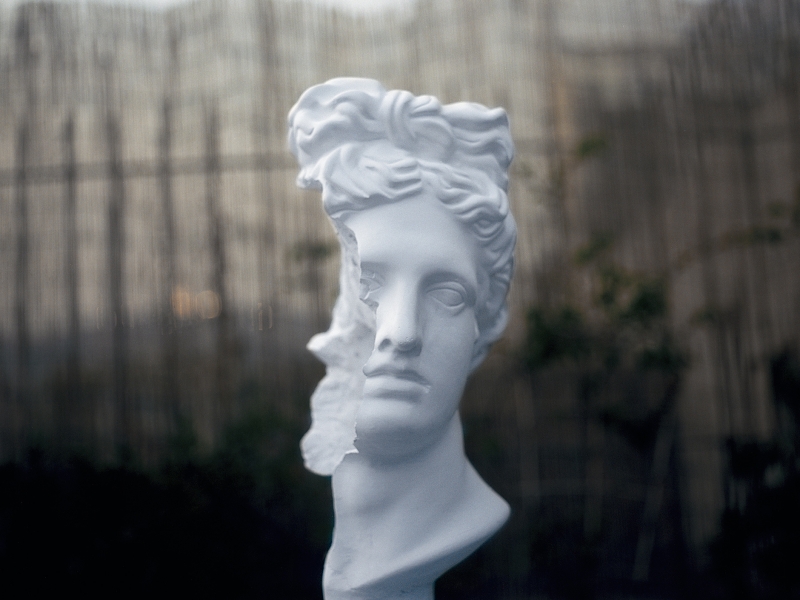




Alice Smeets, Bénédicte
Vanderreydt, Benoit Lusiere, Claire Cocano, David Fathi, Delphine Schacher, Laurence Rasti, Michele le Belhome, PutPut, Samsul Alam Helal. Sue Elie Andrade De, Ulla Deventer, Yurian Quintanas
authors:
Birgit Krause
Bruno Carvalho
Catherine Balet
Edgar Martins
![]()
Birgit Krause
Bruno Carvalho
Catherine Balet
Edgar Martins
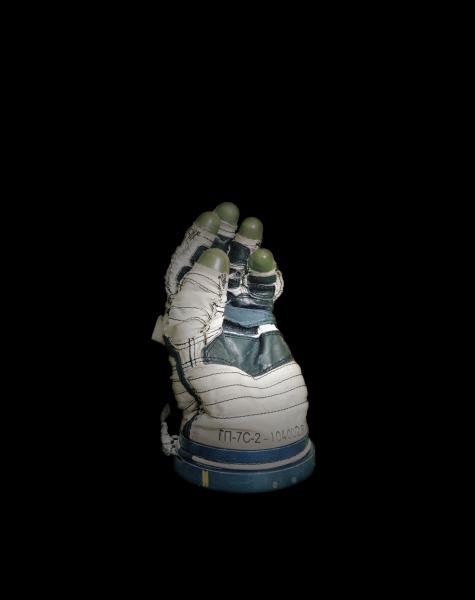
Chapter VI
Seeing is Believing [Bombs & Ghosts]
Seeing is Believing [Bombs & Ghosts]
Built over a collection of representations which involve the construction of truth in our contemporary societies “Seeing is Believing” throws clues about some of the most pertinent questions that are connected to a hyper-disturbing time, allowing to foresee the structural dimension of a new world.SEEING IS BELIEVING supplies a spur for contemplation about the way in which technical image relates to reality, the authenticity of photography as a medium and the relation of the human conscience with the ingenious inventions of science. The proposed theme is in this perspective particularly rich of anthropological and sociological suggestions and challenges. The need to give visibility to the invisible, circumscribed to an idea of time, of the transition from perishable to perennial, from uncertainty to certainty, leads photography to reveal itself like a singular moment, almost sacred from the act of believing.
authors:
Alexandra Lethbridge,
The Meteorite Hunter
Natasha Caruana,
Love Bomb
Christiane Pescheck,
Invisibles
Guilherme Gerais,
Intergalático
Lonneke Van der Palen,
Souvenir: Memories of a journey never made
Wawrzyniec Kolbusz, Sacred Defense
Sarker Protick, Love Me or Kill Me
Miti Ruangkritya,
Thai Politics
Alena Zhandarova,
Puree with a taste of triangles
EduardoBrito RuiHermenegildo
5p.m. Hotel de la Gloria,
Tiago Casanova
Is it a Revolution? or just bad weather?
![]()
![]()
![]()
![]()
![]()
Alexandra Lethbridge,
The Meteorite Hunter
Natasha Caruana,
Love Bomb
Christiane Pescheck,
Invisibles
Guilherme Gerais,
Intergalático
Lonneke Van der Palen,
Souvenir: Memories of a journey never made
Wawrzyniec Kolbusz, Sacred Defense
Sarker Protick, Love Me or Kill Me
Miti Ruangkritya,
Thai Politics
Alena Zhandarova,
Puree with a taste of triangles
EduardoBrito RuiHermenegildo
5p.m. Hotel de la Gloria,
Tiago Casanova
Is it a Revolution? or just bad weather?





Chapter VII
Phil Toledano,
Maybe
Philip Toledano in “Maybe” develops socially relevant and personal views about the Future that have a powerful effect, by “undressing” the features of an increasingly narcissist Western world: Questions like power, success, youth, beauty, and consumption are emphasized.
![]()
![]()
![]()
Theatro Circo, Braga, Portugal



Theatro Circo, Braga, Portugal
“Guided by my research, I made images. And something extraordinary happened. The work transformed. From art, to an exorcism”.
Chapter VIII
Carlos Spottorno,
The Pigs
The Pigs
Carlos Spottorno with theseries “The PIGS”, (term coined by the financial press to refer to Portugal, Italy, Greece and Spain during their current financial condition), illustrate the stereotypes and the derogatory labels that have been placing these countries in the sights of their most developed “brothers”, in a powerful moment of changing of the European paradigm.
![]()
![]()
![]() B-concept, Braga, Portugal
B-concept, Braga, Portugal
Chapter 2 ︎
Carlos Spottorno with theseries “The PIGS”, (term coined by the financial press to refer to Portugal, Italy, Greece and Spain during their current financial condition), illustrate the stereotypes and the derogatory labels that have been placing these countries in the sights of their most developed “brothers”, in a powerful moment of changing of the European paradigm.

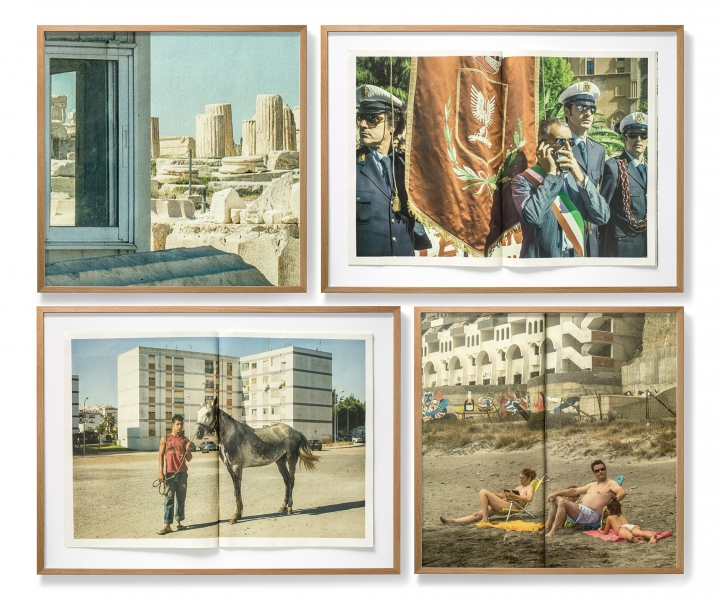

Chapter 2 ︎